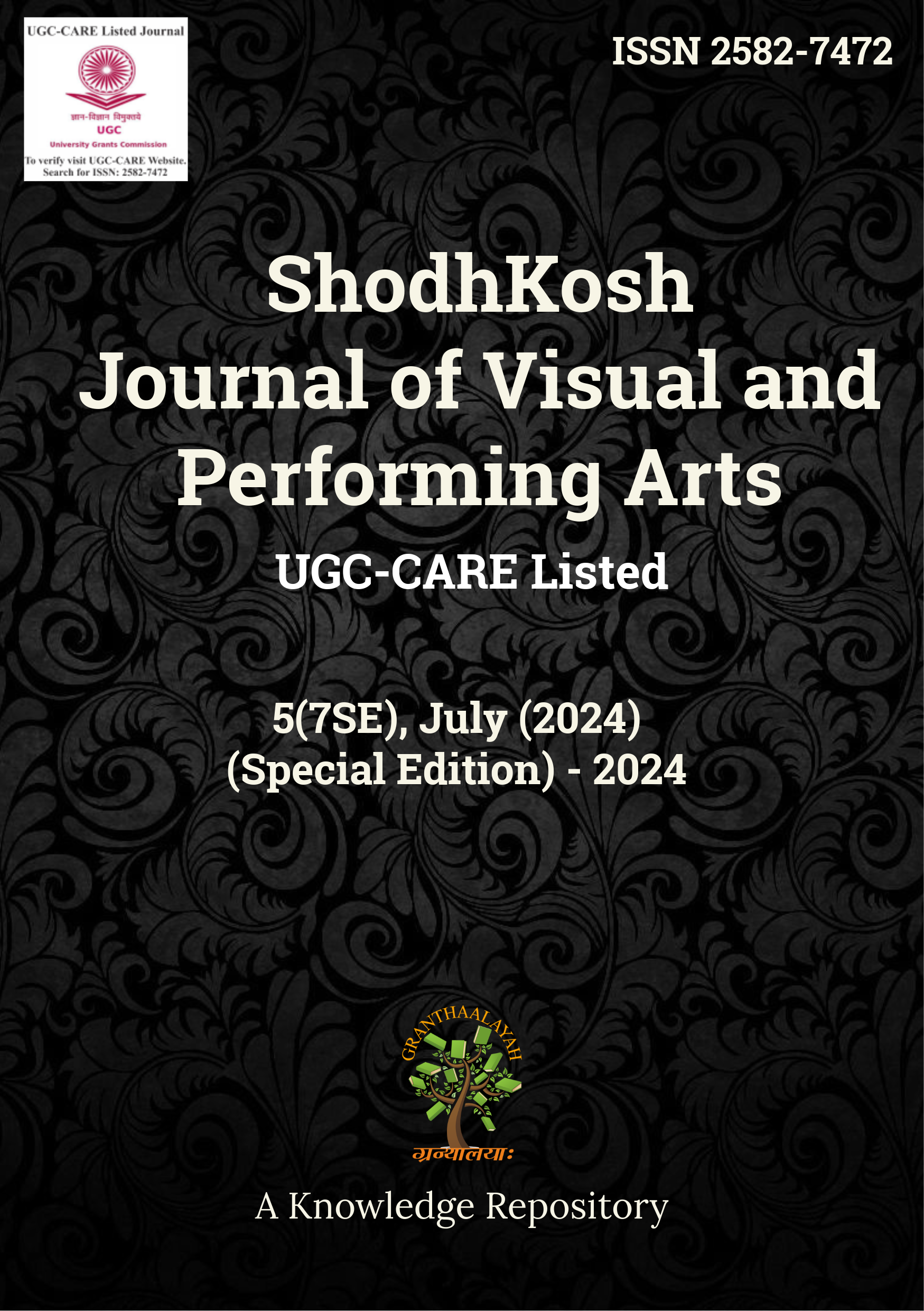A COMPARATIVE ANALYSIS OF GRAMMATICAL GENDER IN ENGLISH AND MARATHI: STRUCTURE, FEATURE, FUNCTIONAL ASPECTS, AND SOCIOLINGUISTIC CONSEQUENCES
DOI:
https://doi.org/10.29121/shodhkosh.v5.i7SE.2024.5827Keywords:
Grammatical, Gender, English, Marathi, Structure, Feature, Function Sociolinguistic, ConsequencesAbstract [English]
Grammatical gender playact a pivotal role in categorise noun, regulate the structure and function of terminology worldwide based on semantic, morphological, or sometimes arbitrary measure. This composition presents a comparative analytic thinking of the grammatical gender system of rules in English and Marathi, two voice communication from the Indo-European family. While English, a West Germanic linguistic communication, has significantly deoxidize its reliance on grammatical gender, Marathi, an Indo-Aryan language, maintains a rich and intricate gender system that is deeply embedded in its grammar and ethnic identity.
The field of study explore four key domain: the morphologic institution of sex, the morphologic and phonological trait specific to each lyric, the use of grammatical gender in judgment of conviction mental synthesis and meaning, and the sociolinguistic impact of gender on communicating, individuality, and cultural percept. By contrasting the simplified gender system of English with the gendered geomorphology in Marathi, the paper highlight the linguistic and cultural implications of these systems in global discourse.
To support the psychoanalysis, the research incorporate visual economic aid such as charts, diagrams, and comparative tabular array, offering a clearer apprehension of sex assigning, agreement rules, and cross-linguistic remainder. This work combines theoretic exploration with practical penetration, bring home the bacon a deeper sympathy of how Grammatik gender influences language evolution and sociolinguistic moral force across different linguistic contexts.
References
Quirk, R., Greenbaum, S., Leech, G., & Svartvik, J. (1985). A Comprehensive Grammar of the English Language. (pp.314- 318Longman Group Limited..
Quirk, R., Greenbaum, S., Leech, G., & Svartvik, J. (1973). A university grammar of English..( p.p.101 – 105).Pearson Education
Shinde B. (2017,jan, 3). pp.Paripurn Ingraji vyakaran’.(pp-22 -27. 8 th edition, Aurangabad, Anan publication,
Damle, M. K. (1925). Shastriya Marathi Vyakaran: Udgatan Uhapoha Pūrārdha va Uttarārdha(.pp.266-289).(2nd ed.). Mumbai, India: Keshav Bhikaji Dhavale, Bookseller. Printed by Damodar Sanvalaram Yande, Induprakash Press.
Walambe, M. R. (2015). Sugam Marathi Vyakaran va Lekhan (pp.78-82).58th rev. ed.,Nitin Prakashan.
Shinde, B. (2017). Paripurna Marathi Vyakaran..(p.p.66-68)’(11th ed.). Anand Publication. Distributed by Nikita Distributors. Cover design by Siddhu Shinde and Ajinkya Nayak. Typesetting by Arvind Kishanrao Dipke and Datta Namdevrao Mogal. Printed by Sankalp Printers and Binders.
Downloads
Published
How to Cite
Issue
Section
License
Copyright (c) 2024 Bilure Suhasini Ramchandra

This work is licensed under a Creative Commons Attribution 4.0 International License.
With the licence CC-BY, authors retain the copyright, allowing anyone to download, reuse, re-print, modify, distribute, and/or copy their contribution. The work must be properly attributed to its author.
It is not necessary to ask for further permission from the author or journal board.
This journal provides immediate open access to its content on the principle that making research freely available to the public supports a greater global exchange of knowledge.































